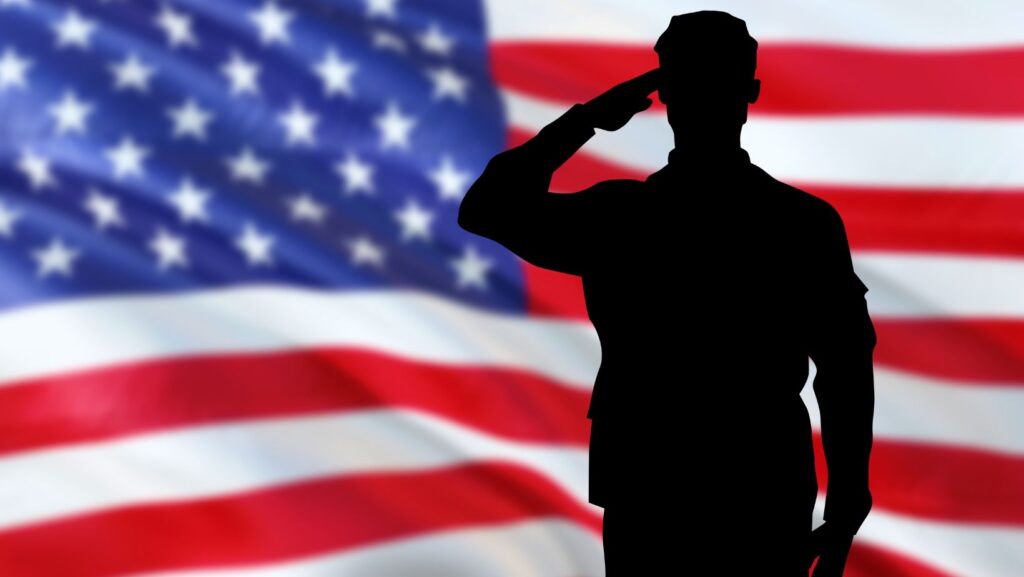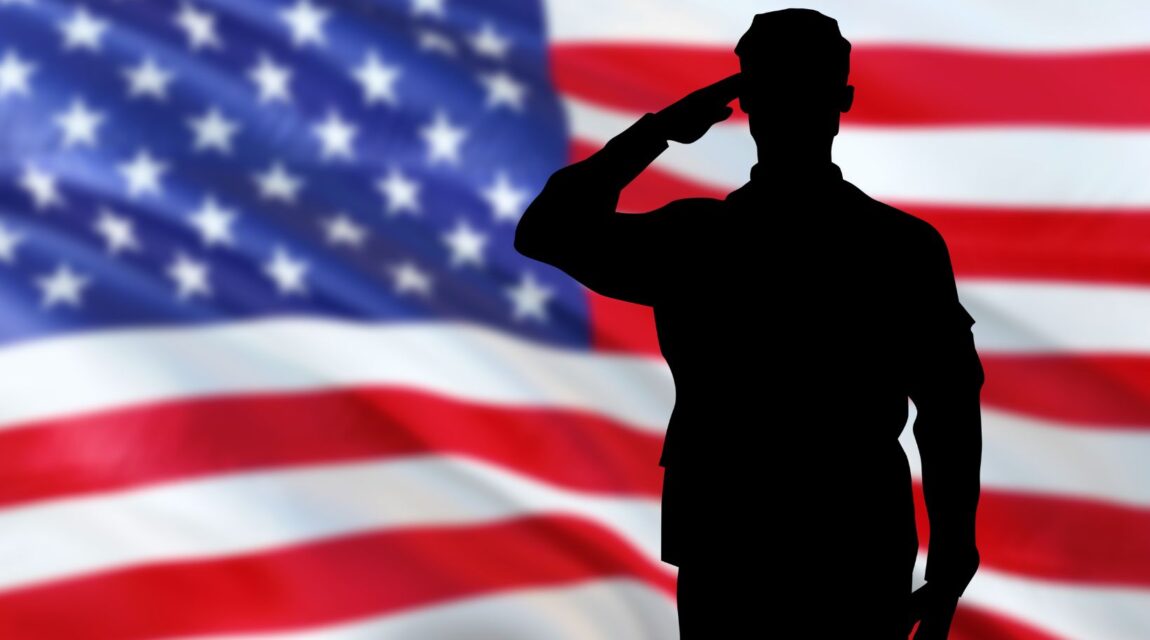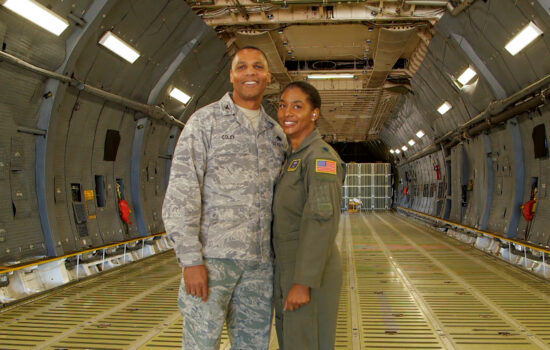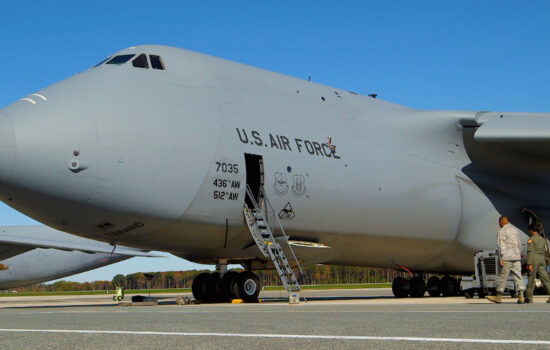
Saluting a soldier is as common as breathing. This simple act of raising the hand to the head has become a symbol of respect, discipline, and camaraderie within the U.S. military. But have you ever wondered about the origins of this timeless tradition?
Its Origins
To understand the roots of the modern salute, we must look back to ancient Rome. Roman soldiers would raise their right hands to their chests or touch their foreheads as a sign of respect to their commanders. This practice, known as the “salutatio,” laid the foundation for what would later become a cherished military custom.
As the centuries passed, the concept of saluting underwent further evolution. During the Middle Ages, knights would raise their visors or lift their helmets to greet one another. This act served both as a display of respect and a means of identification on the battlefield. The practice of raising the hand to the head gradually took shape during this era.
The British military played a significant role in shaping the modern salute. In the 17th century, it became customary for British naval vessels to dip their ensigns when passing by a senior officer or a foreign ship. This act of lowering the flag was eventually adapted by the army, with soldiers extending their open palms towards their heads as a sign of respect. This gesture, known as the “palm salute,” was widely adopted by British forces and carried over to their American counterparts.
During the American Revolution, the Continental Army drew inspiration from both British and European military traditions. However, General George Washington introduced a crucial change to the salute. Washington ordered his troops to raise their right hands to their caps or hats, mirroring the civilian salute used during that era. This modification allowed soldiers to demonstrate their loyalty to the cause while respecting the principles of the fledgling nation.
Today’s Salute
Over time, the salute underwent refinements and standardization within the U.S. military. In 1875, the Army officially established the hand salute as a universal practice. The standardization continued across the branches, with the Navy, Marine Corps, Air Force, and Coast Guard all adopting the hand salute as an integral part of their traditions.
The military salute, with its rich history spanning ancient Rome, medieval chivalry, British influence, and American Revolution, stands as a powerful symbol of respect and honor in the U.S. military. It serves as a reminder of the deep-rooted traditions and unbreakable bonds that connect service members past and present. The next time you witness a salute, take a moment to appreciate the remarkable journey behind this timeless gesture.






